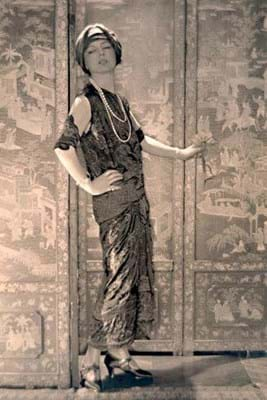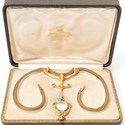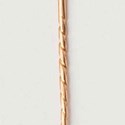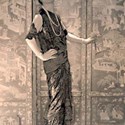Toussaint (1887-1976) – herself nicknamed La Pantheré for her love of big cat pelts – was the creative spearhead behind so much Cartier jewellery of the 20th century.
The tutti-frutti revival, the Mughal-style, a menagerie of animal-themed jewels and the whimsical bird brooches were all part of a career that ran from the Roaring Twenties until retirement in 1970.
Snippets from a life that moved from the Paris underbelly to the highest of high society were provided by a cache of effects sold by Belgium auctioneer Haynault (25/20% buyer’s premium) on June 16.
The Brussels firm had sold the first part of this collection of ephemera and personal trinkets on behalf of Toussaint’s descendants in December.
Estimated at €8000-10,000 but sold at €30,000 (£27,250) was an archive of numerous documents and photographs. They included two letters from Pierre de Quinsonas, the French aristocrat who took Toussaint as his mistress when she was just 13, and an original drawing of her cat, Tamboura, sketched by an infatuated Louis Cartier in 1915, some years before her own talents as a designer were fully recognised.
By 1933 Toussaint had become artistic director at Cartier (included was a handwritten letter from Louis Cartier confirming the appointment), while in 1950 she was awarded the Légion d’Honneur (an inscribed menu from the dinner given in her honour forming part of the lot).
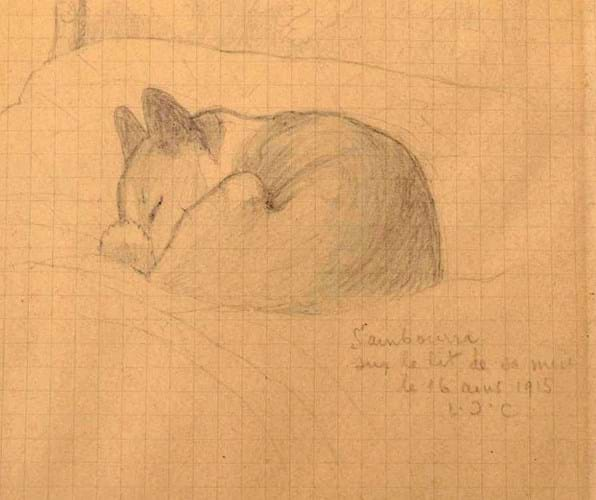
Toussaint’s cat Tamboura, sketched by Louis Cartier in 1915, part of a lot of ephemera sold at €30,000 (£27,250) at Haynault in Brussels on June 16.
Most famous client
Alongside unpublished photos and others taken by Cecil Beaton was a series of a series of greetings cards inscribed Edward & Wallis – a reference to what would become Toussaint’s most famous working relationship. The Duchess of Windsor’s flamingo brooch, made as a birthday gift in 1940, and her articulated diamond and onyx panther bracelet c.1952, were among the designer’s most celebrated creations.
Auction house proprietor Rodolphe de Maleingreau d’Hembise told ATG that bidding for this lot – and two others sold at a further €8700 – came from “unexpected quarters”.
From another vendor was an 18ct yellow gold, orange enamel and mother of pearl 3in (8cm) pendant designed by Edouard Colonna (1862-1948) and in a case stamped for the Belgian court jeweller Maison Jean Dufour Frères, Bruxelles.
As pictured in Alistair Duncan’s The Paris Salons 1895-1914, a pendant of this design formed part of Siegfried Bing’s display at the 1900 Paris world’s fair. His celebrated Parisian store, Maison de l’Art Nouveau, gave its name to the style of design and decoration that was sweeping through Europe. Estimated at €2750-3500, it sold at €22,000 (£20,000).
Another gold, enamel and abalone blister pearl pendant by Colonna formed part of the collection of Dora Janson (1916-2002) sold by Rago of New Jersey in 2016 for $11,875.
A second Art Nouveau discovery for this Brussels sale on June 16 was a stick pin set with rose-cut diamonds and a natural pearl worked with the monogram of Henry Van de Velde (1863-1957). Although unmarked, a similar pin in silver plate is in the collection of the Ghent Design Museum. It sold well above hopes at €3000 (£2750).




